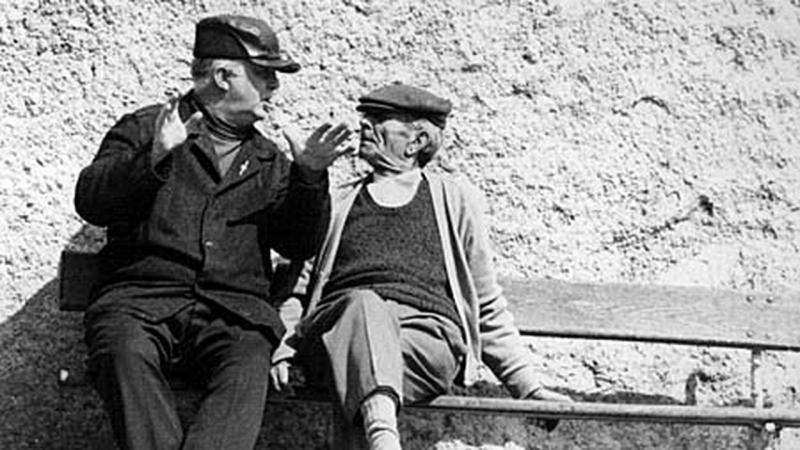Why some social conventions stand the test of time

Why some social conventions persist while others pass away is the subject of new research published in the journal American Economic Review.
Convention, here, is a behavior that's in one's interest to do so long as most other people do it. Whether or not it's law, it perpetuates itself without state interference. Driving on the right, for example, is a convention in the U.S. but not in the U.K.
Languages, too, are conventions. But unlike driving on the right or the left, what we say and how we speak both signal inequalities, and can perpetuate differences between the haves and the have-nots.
French is one of many languages with a hierarchy embedded in its pronouns: "tu" and "vous" can mean, respectively, both second personal singular and plural as well as inferior and superior status. Considering the "vous" ambiguity can affect the rest of the information, researchers thought there must be mechanisms that retain inefficient hierarchical conventions in language and beyond.
To investigate, Suresh Naidu and Sung-Ha Hwang—both mathematicians and economists studying aspects of inequality—joined economist Samuel Bowles at the Santa Fe Institute to model how semantics representing unequal power evolve.
"We're interested in convention switches," says Bowles, placing this work within a decades-long inquiry into the nature of inequality: how it emerges, takes hold, and is destabilized or eradicated. The team has also studied the division of crops between a farmer and a land owner, and racial conventions such as South Africa's apartheid.
The team used the tu-vous distinction to model linguistic strategies within and between two unequal subpopulations within a society, varying the proportion of either subpopulation in scenarios involving non- and egalitarian linguistic conventions.
They found that convention switching depends on two factors: the likelihood of any agent to defy the convention and the size of the group. As a material example, a landowner with a 50-50 policy and hundreds of potential workers can replace any worker who asks for a greater share, whereas a pool of three workers is, over time, much likelier to have a majority ask for more.
"If the subordinate group is very large or unlikely to defy the convention, then very unequal conventions can survive over long periods," Bowles explains. He says the group is continuing their research by mathematically modeling of the process of convention switching between systems of unequal and more equal contracts.
More information: Suresh Naidu et al. The Evolution of Egalitarian Sociolinguistic Conventions, American Economic Review (2017). DOI: 10.1257/aer.p20171089
Journal information: American Economic Review
Provided by Santa Fe Institute

















